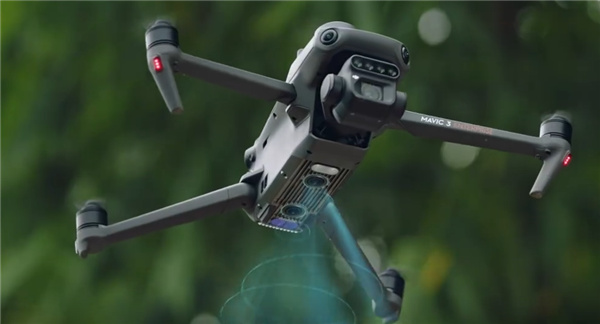In the ever-evolving landscape of technology, drones with thermal cameras are rapidly transforming the way we perceive surveillance and inspections. These advanced drones equipped with thermal imaging capabilities are opening up new possibilities across various industries, providing invaluable insights that were once difficult to obtain. Thermal camera-equipped drones are increasingly being used by professionals in fields such as search and rescue, agriculture, wildlife management, and infrastructure monitoring.
One of the key advantages of utilizing drones with thermal cameras is their ability to detect heat signatures that are invisible to the naked eye.
Search and Rescue Operations
During search and rescue missions, time is of the essence. Thermal drones can scan large areas quickly and effectively, pinpointing the heat signatures of individuals, even in challenging conditions such as dense forests or disaster-stricken areas.
Their ability to cover ground swiftly and identify those in distress makes them an invaluable asset in emergency situations.
Agriculture and Crop Monitoring
In agriculture, thermal camera drones can identify areas of crops that are under stress due to lack of water or disease. By detecting temperature variations, farmers can take proactive measures to conserve resources and ensure the healthy growth of their crops. This technology is not only cost-effective but also enhances productivity by providing accurate data.
Wildlife Management
Drones equipped with thermal cameras are revolutionizing wildlife management by tracking animal movements and monitoring their habitats without disturbing them. Unlike traditional methods, thermal imaging allows researchers to observe nocturnal animals in their natural settings, gathering critical data that aids in conservation efforts.
This non-intrusive method ensures the safety and wellbeing of wildlife while providing comprehensive data for study.
Infrastructure Monitoring and Inspections
Infrastructure such as power lines, solar panels, and wind turbines can significantly benefit from drones with thermal cameras. These drones are capable of identifying anomalies such as overheating in electrical components, which, when unnoticed, could lead to failures or hazardous events. With regular monitoring, maintenance costs are reduced, and the reliability of these structures is enhanced.
Furthermore, regular inspections using thermal drones facilitate predictive maintenance and extend the lifespan of assets.

FAQs
-
Can drones with thermal cameras operate at night?
Yes, one of the primary benefits of thermal cameras is their ability to function in complete darkness, making them ideal for nighttime operations.
-
How does the weather affect drones with thermal cameras?
Weather conditions such as rain and fog can impact visibility but generally do not affect the thermal sensors themselves. Proper calibration ensures optimal performance in varied conditions.
-
What industries benefit most from drones with thermal imaging capabilities?
While many industries benefit from thermal imaging, fields like emergency services, agriculture, wildlife management, and infrastructure monitoring see the most substantial advantages.
Note that these applications are just the tip of the iceberg regarding the potential that drones with thermal cameras offer. As technology advances and becomes more accessible, we can expect even broader usage in areas we haven’t even considered yet.